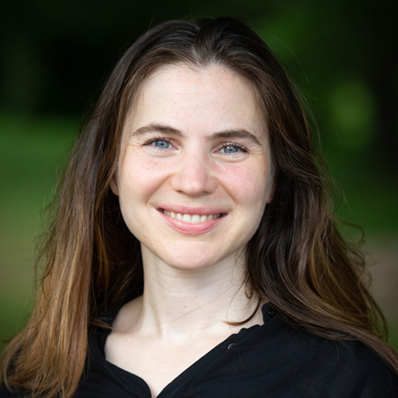Brocas, Isabelle
I am a Professor at the University of Southern California and the co-director of the Los Angeles Behavioral Economics Laboratory (LABEL) and the Theoretical Research in Neuroeconomic Decision-making (TREND) Institute. My research revisits standard theories of decision-making and aims at better understanding how people make choices, what motivates them and what cognitive limitations prevent them from making rational choices.
Choupan, Jeiran
Assistant Professor Of Research Neurology
I have been working in the field of neuroimage processing and computational neuroscience since 2009. My focus is on employing advanced neuroimaging and machine learning techniques to improve structural and functional mapping of the brain to study neurodegenerative disorders. In particular, my main research focus is on mapping vascular and perivascular features of the brain across lifespan in health and in the presence of cognitive decline and dementia. Perivascular space is a major component of the brain clearance system and plays an important role in maintaining a healthy functioning brain, particularly in elderly and individuals at risk of neurodegenerative disease.
Kay, Steve A.
Our laboratory studies the construction and dynamics of complex genetic networks that underlie circadian rhythms in humans, animals and plants. We also develop and use cutting-edge technologies for measuring transcription in live cells, tissues and intact organisms. We use large scale datasets of gene expression or protein content combined with genetics, bioinformatics and computational tools (mathematical modeling), chemical screens and more conventional biochemical approaches. Ultimately our aim is to scale our understanding of the dynamics of circadian clocks from the systems level down to atomic resolution mechanism. We have a strong commitment to translation of our research, in the case of humans for novel cancer drug discovery. We are currently focussing on targeting clock proteins in glioblastoma stem cells, in order to develop novel therapeutics.
Kim, Hosung
Associate Research Professor of Neurology
Currently, we are particularly focused on the morphometry of the perivascular space and non-invasive measurement of Glymphatic flow (a water flow system in the brain that helps clear waste products and toxins) using MRI and artificial intelligence. This research enhances our understanding of the underlying mechanisms involved in sleep disorders, accelerated brain aging due to poor sleep and impaired Glymphatic function, and neurodegenerative diseases such as Alzheimer's disease and other forms of dementia. Dr. Hosung Kim serves as the PI of NIDLL, and guides and coordinates the research efforts of the lab members. We welcome you to join the lab and participate in our valuable research.
Mather, Mara
Professor of Gerontology, Psychology, and Biomedical Engineering
The autonomic nervous system plays an underappreciated role in age-related change in the brain and cognition. But the sympathetic hub region in the brain (the locus coeruleus) is one of the first brain regions affected by Alzheimer’s disease pathology and deep sleep, a period of high parasympathetic activity, is critical for clearing out the potentially toxic proteins generated by the brain’s activity during the day (it is the aggregation of such proteins that leads to the hallmark plaques and tangles seen in Alzheimer’s disease). Our research is investigating how both sympathetic and parasympathetic function affect brain function and cognition in aging and how interventions that increase parasympathetic activity may enhance brain function in older adults.
Matho, Katherine
Assistant Professor of Pediatrics
How do developmental and genetic programs build brain circuits for complex behavior? My lab investigates this question by integrating developmental neuroscience, molecular genetics, and multi-scale circuit mapping to study cortical sensorimotor circuits underlying goal-directed actions and perception. Using interdisciplinary approaches, such as gene knockin mouse lines and single cell profiling, we examine how neuronal identity and connectivity emerge during development. Our goal is to uncover the molecular and developmental logic of circuit assembly in neurotypical development and how the key building blocks that make up the circuits—cell types—are disrupted in neurodevelopmental disorders. We hypothesize that a temporal patterning program during pregnancy specifies neuron subtype and wiring, shaping sensorimotor function in the mature brain.









